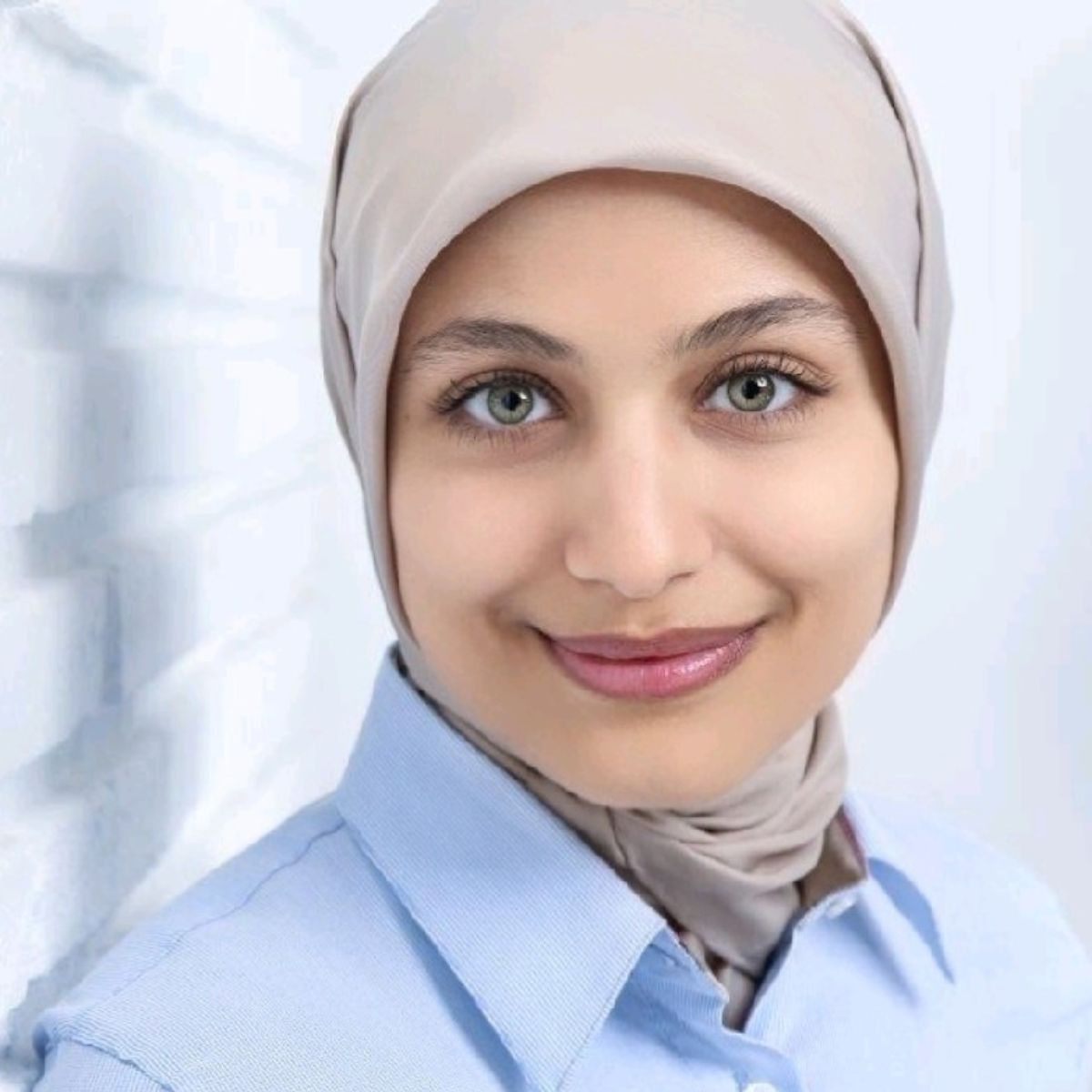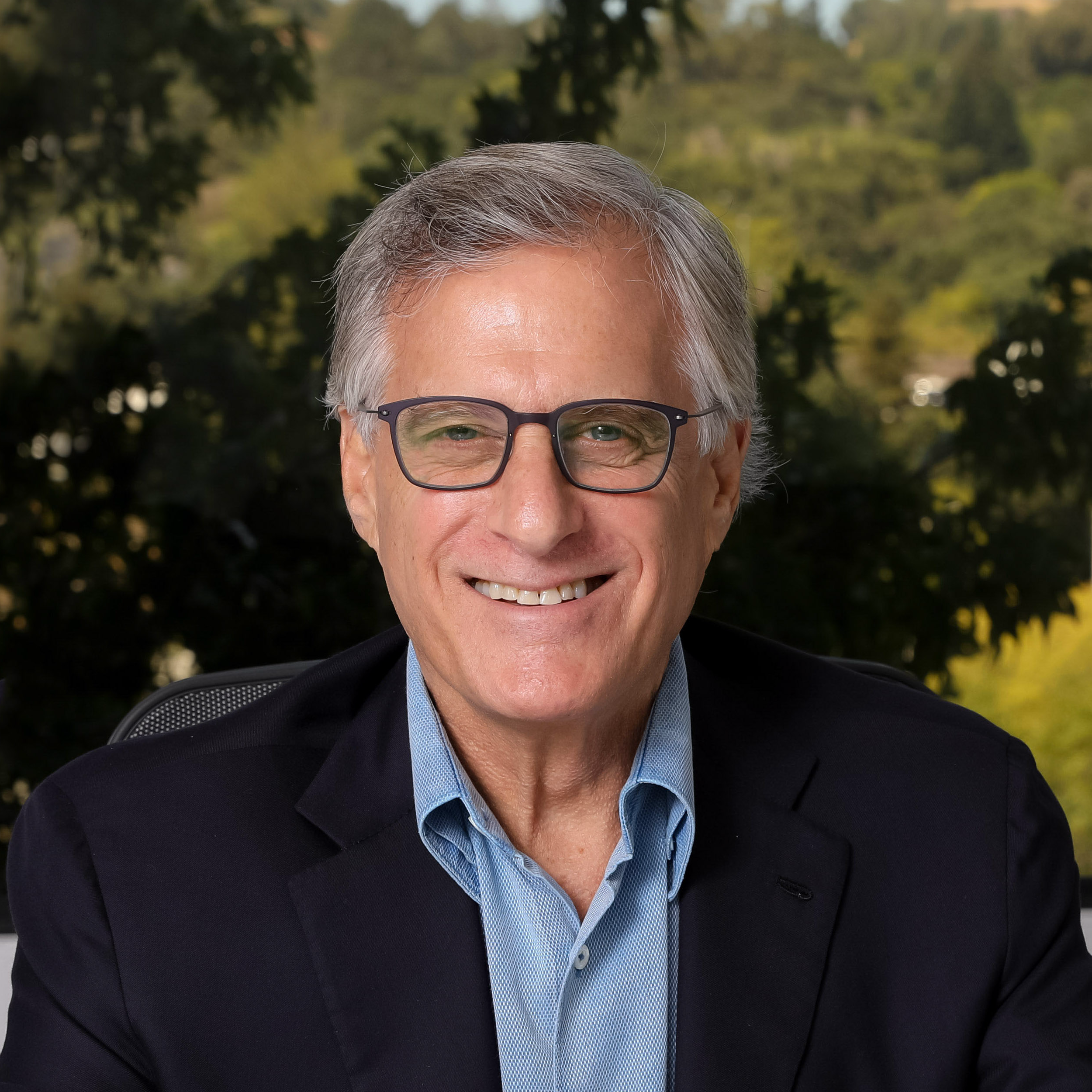Interview with Edge Women of the Year Finalist. Meryem Simsek – Chief Scientist | Advanced Technologies at VMware
In the lead-up to Edge Computing World, we’re taking some time to speak to this year’s finalists for The Edge Women of the Year Award.
Today we’re talking to Meryem Simsek, Chief Scientist | Advanced Technologies at VMware
- How do you see the edge market developing over the next few years?
With recent advancements in mobile communications systems, cloud computing, IoT, and AI/ML, we are expecting a transition from the mobile connectivity to a hyper-connected era with connectivity and computing everywhere and in (nearly) everything. As the number of smart devices grows, they will increase automation and personalization, thereby transforming many industries providing us immersive experiences.
This hyper-connectivity will trigger a transition from vertically integrated solutions to horizontal platforms where all systems can process relevant data and exchange knowledge for intelligent automation and personalized services. This will be the momentum for driving the decentralization of computing, communications, operations, and business processes.
We are already seeing innovations in software, computing, and connectivity. It is therefore not difficult to foresee that in the near future hybrid edge clouds will enable API-first microservices with integrated services, e.g., for authentication, authorization, and identity management – regardless of device type, operating system, and underlying network. Integration across software systems will create an open ecosystem that offers scalability, extensibility, and interoperability along with the required flexibility to adapt to technology evolution and our changing demands in the future.
The edge computing ecosystem nowadays has a focus on increasingly interconnected domains of critical infrastructure, networks, software, and hardware. However, massive infrastructure investments are needed to realize the hyper-connectivity and to support the growing device and infrastructure edge demand. There are estimates that by 2028, cumulative capital expenditures of up to $800 billion USD will be spent on IT server equipment and edge computing facilities. Hence, the edge market is developing tremendously and will continue to grow. We can already see that off-the-shelf applications and marketplaces for the edge are becoming available – more to be expected in the next few years.
Finally, a big kudos to various open-source projects that are helping to accelerate the adoption and deployment of edge applications, which in turn triggers the edge market development. These communities also facilitate standardization across the industry that increases the pace of innovation.
- How does diversity benefit the edge environment?
The edge and its infrastructure are expanding in all global regions. The pace of this expansion depends on a variety of macro-economic, geographical, geopolitical, and economic factors. Diversity will play here a pivotal role in the edge environment. Diversity can be manifold – be it with respect to end users and their needs, hardware (solutions) and equipment, heterogeneity of service providers, applications as well as the marketplace and contributors to it, e.g., startups, (open-source) communities.
Edge computing comprises combinations of systems that span a wide range of locations and conditions and support a diverse set of use cases – all calling for a wide range of edge hardware that will continue to diversify the edge environment. As diverse digital services emerge and drive demand for edge computing, the diversity of network performance requirements will continue to increase. These requirements must be carefully evaluated and might require highly complex solutions relative to the capabilities of the available network technologies, the engagement of key stakeholders and other factors including the total cost of ownership and geographical coverage requirements. While this might sound like a challenge ahead, the diversity of the edge environment itself might be a key enabler for solving the complex problem that the edge and its infrastructure bring.
- Tell us one lesson you’ve learned that’s unique to being a female leader in the Edge space.
In every aspect of my career, I have focused on being professional and have seen the benefits of this. As long as one demonstrates solid know-how, openness, flexibility and the ability to listen, learn, and collaborate any work with a partner, colleague, or customer will be fruitful. It helped me to be bold, take responsibilities, show transformational thought leadership, and encourage others to work as a team.
Sometimes it helps also to insists on your ideas. When I was talking about the Tactile Internet (the metaverse with touch) eight years ago, I was seen as ‘crazy’. After years of efforts, we were able to form a technical committee within IEEE and to create a global community with hundreds of experts that define, standardize, and disseminate key findings from research results.
- What advice would you give to other women entering the edge space?
Just be yourself and follow your passion.
- What are some ways in which you have helped to support and lift other women in the space up?
I believe that there is one important step to be able to lift other women up in the tech fields; it’s to have women in these fields. It’s still a fact that female students are extremely underrepresented in STEM studies. To encourage them and convince them that these are not boys-only studies, I am participating in various summer schools, workshops, or seminars at different events or universities. It often helps them to see a role model or someone who pursuits a tech career.
Additionally, I am holding various chair and vice-/co-chair positions in various organizations and alliances through which I offer coaching and mentoring for underrepresented minorities, including female students and young professionals. Specifically, as the students and industrial activities coordinator of the IEEE Women in Communications Engineering (WICE), I am responsible to organize events to connect young women with potential mentors and to offer them insights into career path options. I am also very active in N2Women and have recently encouraged a female colleague for a rising star award, which she received.


